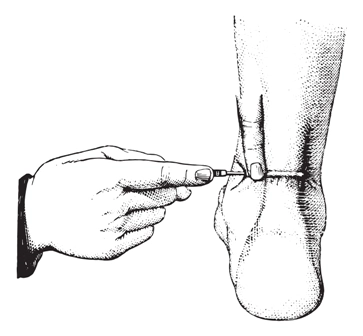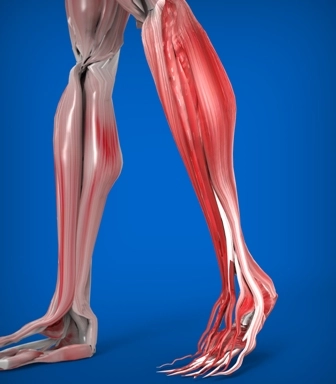Orthopedic Coding Alert
Procedure Coding:
Stick Suture Removal Coding With This Advice
Published on Thu Sep 05, 2019

You’ve reached your limit of free articles. Already a subscriber? Log in.
Not a subscriber? Subscribe today to continue reading this article. Plus, you’ll get:
- Simple explanations of current healthcare regulations and payer programs
- Real-world reporting scenarios solved by our expert coders
- Industry news, such as MAC and RAC activities, the OIG Work Plan, and CERT reports
- Instant access to every article ever published in Revenue Cycle Insider
- 6 annual AAPC-approved CEUs
- The latest updates for CPT®, ICD-10-CM, HCPCS Level II, NCCI edits, modifiers, compliance, technology, practice management, and more
Related Articles
Other Articles in this issue of
Orthopedic Coding Alert
- Testing:
EMG Testing: A Tale of 2 Scenarios
Coding changes completely when this test accompanies EMG. Coding needle electromyographies (EMGs) on extremities can [...] - Procedure Coding:
Stick Suture Removal Coding With This Advice
Remember; these modifiers could make a mess of your claim. When it comes to suture [...] - ICD-10 Quiz:
End Contusion Confusion With These Answers
Remember; code Dx, not symptoms. Many a coder’s ego has been bruised by choosing an [...] - You Be the Coder:
Coding Arthroscopies That Change Scope
Question: Our orthopedist began performing a diagnostic arthroscopy of the patient’s right metacarpophalangeal joint. During [...] - Reader Question:
Drill Down for Pathological Fracture Dx
Question: If a patient suffers from age-related osteoporosis with a current pathological arm fracture, what ICD-10 [...] - Reader Question:
Take Up the Challenge of Differentiating Bone Cysts
Question: The provider performs a level-three evaluation and management (E/M) service for an established patient. Encounter [...] - Reader Question:
Deep I&Ds; Require You to Dig for Codes
Question: Notes indicate that the provider performed a level-four evaluation and management (E/M) service for a [...]
View All




